I undertook an expedition to Gowganda, Ontario beginning at the end of June, and lasting until the beginning of August. The site was chosen for many reasons the primary of which was that there would be evidence of the ancient civilization that once occupied Ontario. Using Google Maps I could see that there were many small pits that were likely mines in the distant past. While these still remain largely unexplored the evidence for an ancient advanced civilization in the region was overwhelming. I determined roughly be various techniques, such as soil depths and glacial deposits that the area became ice free about 11,000 years ago and remained so. The artefact that will be presented in the gallery seem to date from about 3,000 BC. They represent features that are in line with a proto-Mayan culture and seemed to have used similar gylphic writing systems. It is very likely that the site was a mining colony as there is abundant silver, gold and many other metals in the area as well as salts, sulphur and slatpeter.
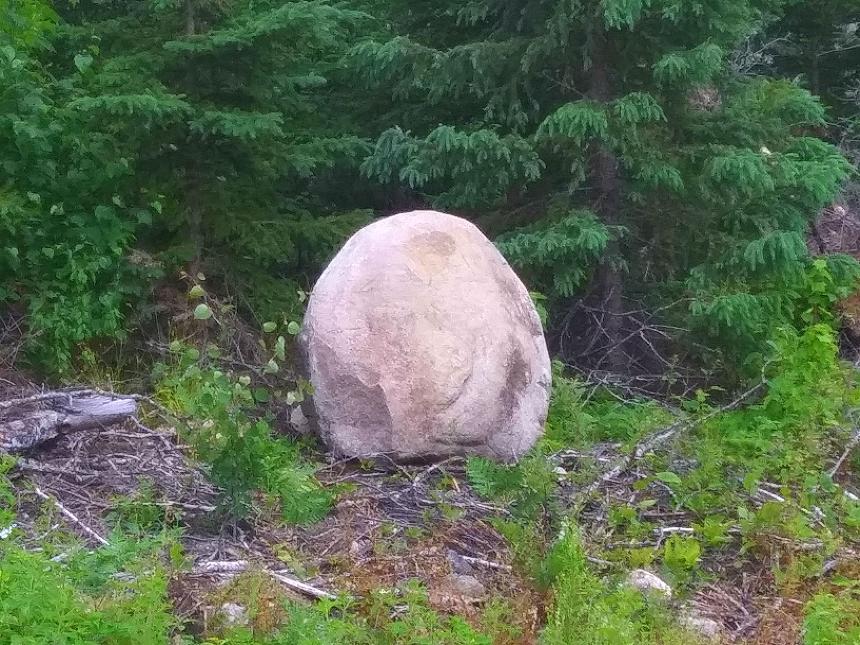
A colossal head was found in a clearing in the bush to the east of the village of Gowganda. The carving of the rock was very evident with close examination. The tool cuts were plainly visible.
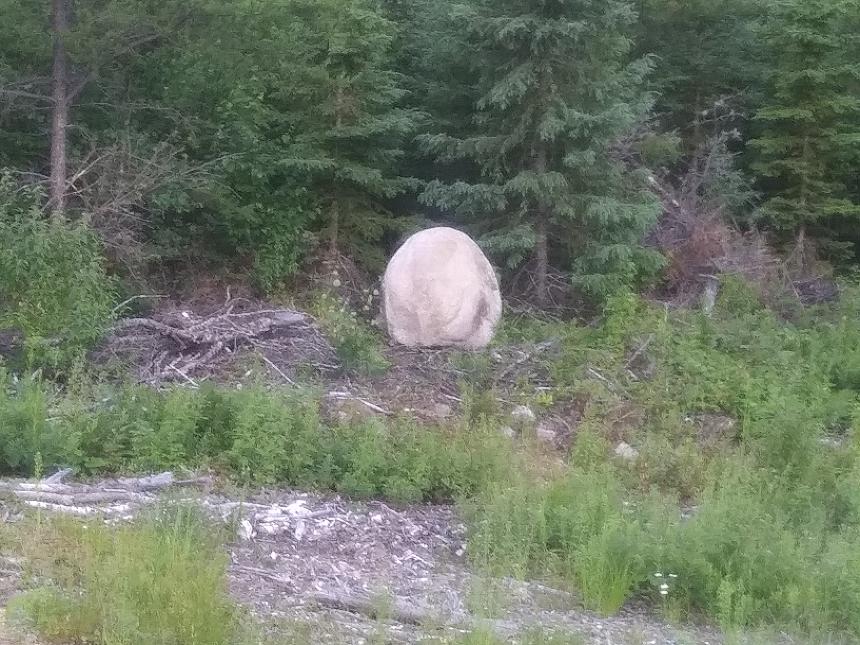
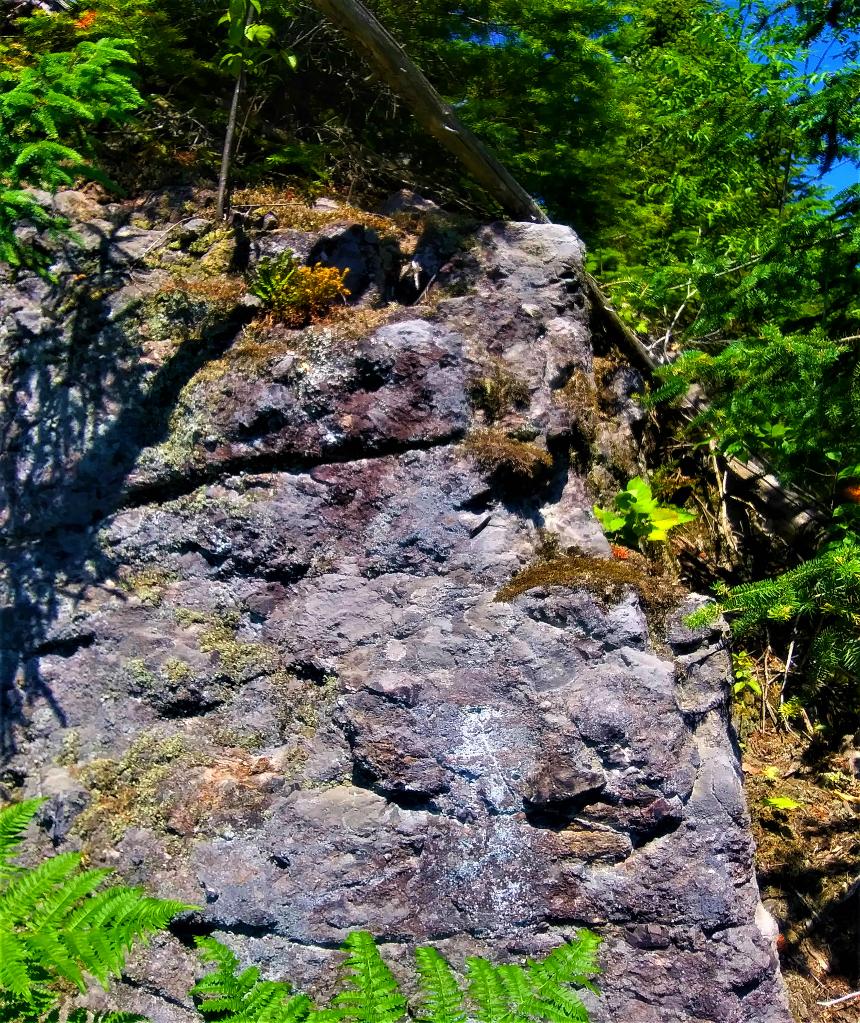
Across from the colossal head I found an outcrop of rock that I first noticed had a cross etched into the surface. Upon closer examination the rockface appeared to e covered with glyphs that were similar to Mayan ones. Animal and human faces and symbols intertwined.

Here we have a detail of the cross on the rock face. The whole face of the rock seems to be laid out in blocks as can be seen on the lower right.
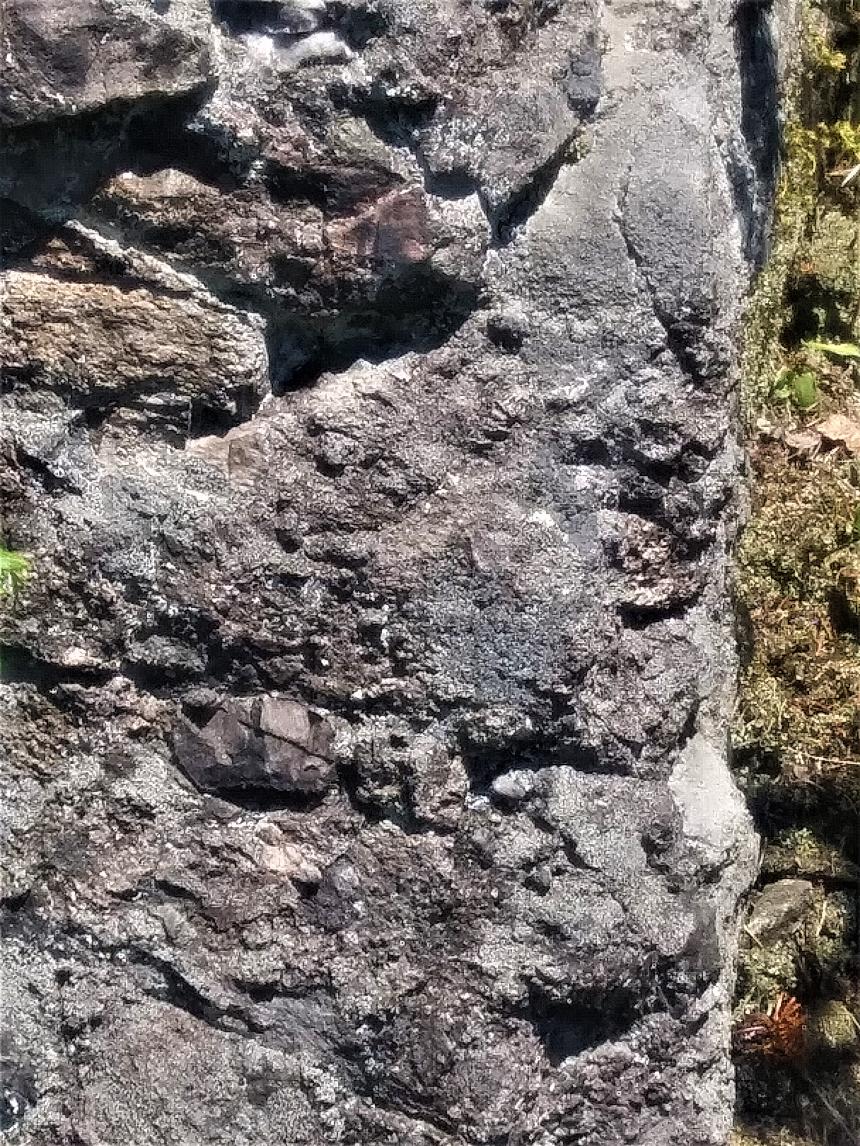
This detail shows more etchings on the rock face and at lower right you can see the right eye, nose. mouth and chin of a face looking down towards the corner of the page.

Neither view from higher up. Above the lower face can be seen another face carved in relief.
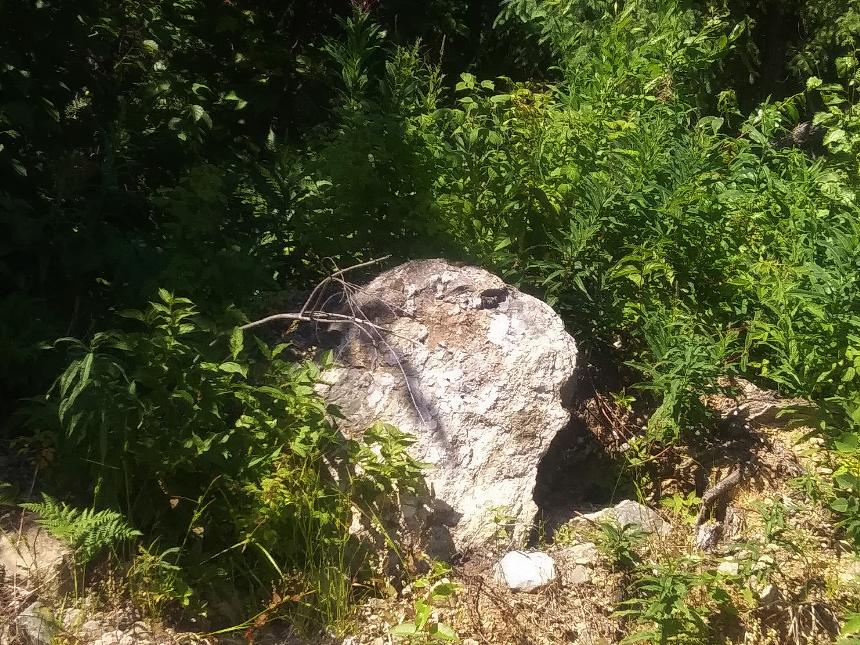
To the west of the colossal head was found what appeared to be a Cougar effigy.
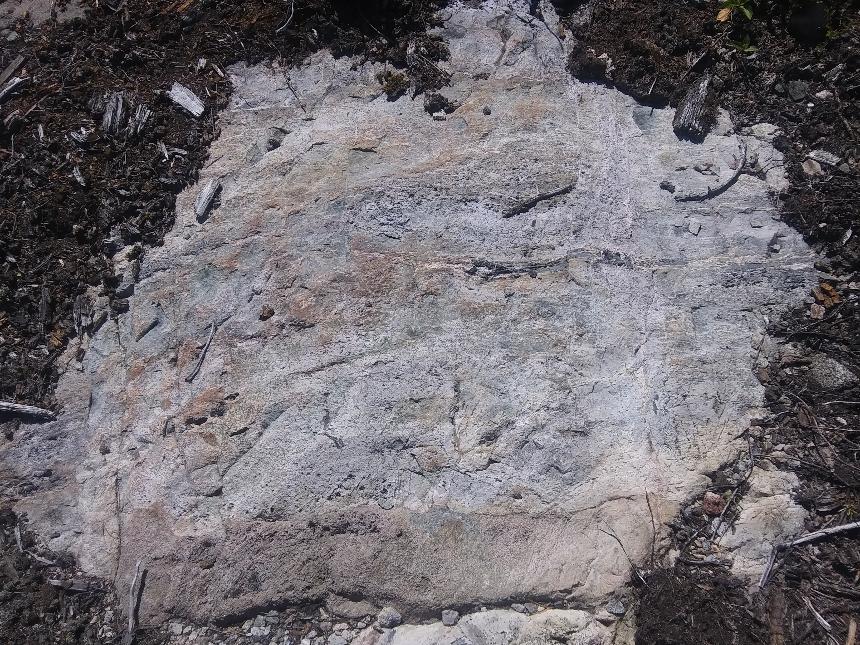
To the northwest of the colossal head was a large slab of rock that was covered with many symbols and glyphs. Here is a large glyph cut into the rock making a rectangle about 700 cm by 400 cm. A mouth with teeth can be seen on the left hand side of the glyph running parallel to the left hand side of the rock. An eye slit can be seen just to the right of below center. The line running down the center to the left is where the nose would be.

Detail of the glyph.

Various faces and symbols can be sen on this section of the rock face. The contrast of the image does not do it justice. Notice the curving line of five rectangles to the upper left of the orange area.

On another section of the rock face we have what appears to be a marmot in its den. The eye can be seen at the center of the image as the dark oval area. The nose and face are around the eye and the body stretches back and down. We can see the back foot and claws at bottom center left. The forelimb hangs down the center of the image.
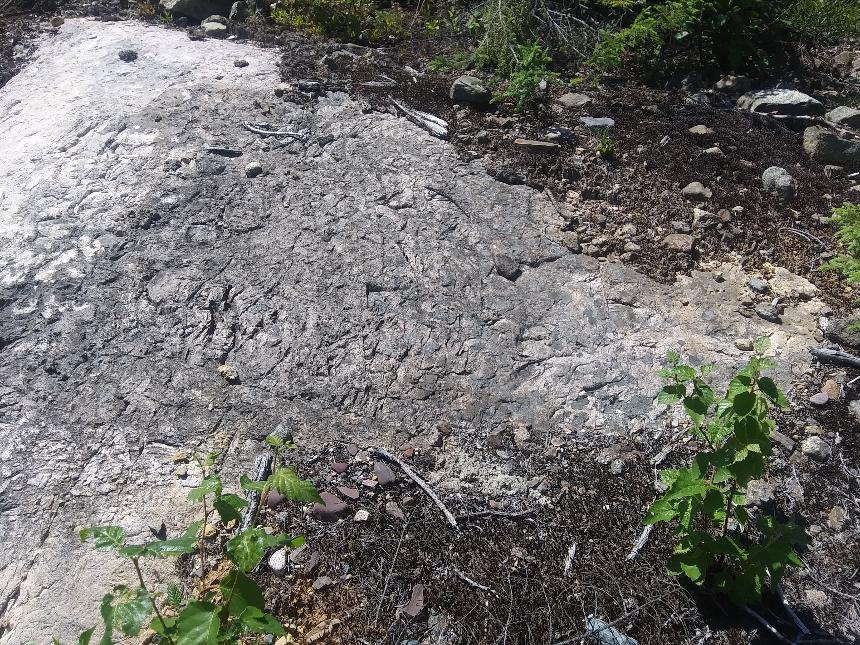
Another large section of the rock face is covered with intricate lines deeply etched, faces and symbols. Some of the faces seem to be hooded, in parka like garb.
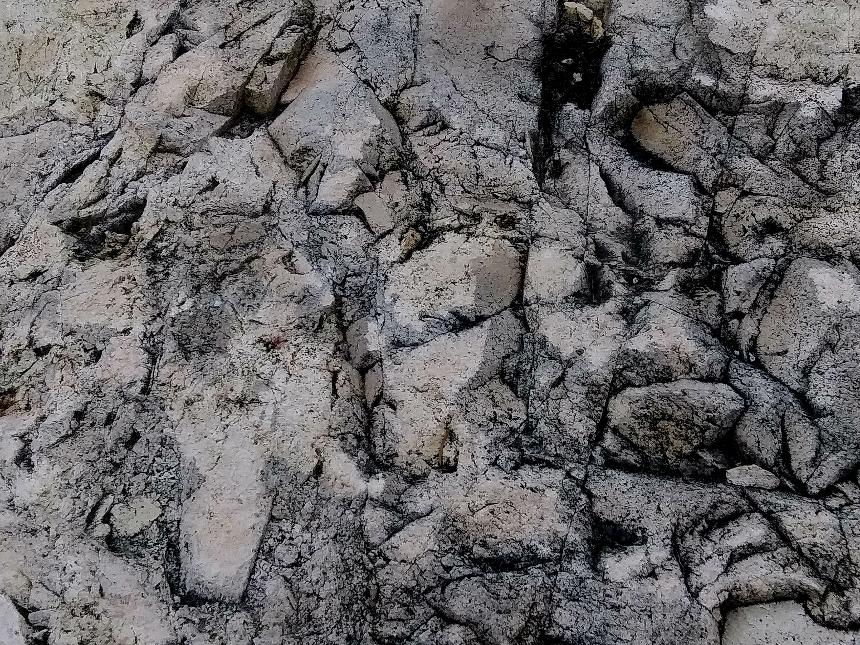
I call this 'The Fox in its Rock Den." On the left is a sitting fox that is almost as tall as the entire image. It is looking to the left. The head is at the top left with its pointed ears and nose. This is perhaps the most spectacular petroglyph in Canada.
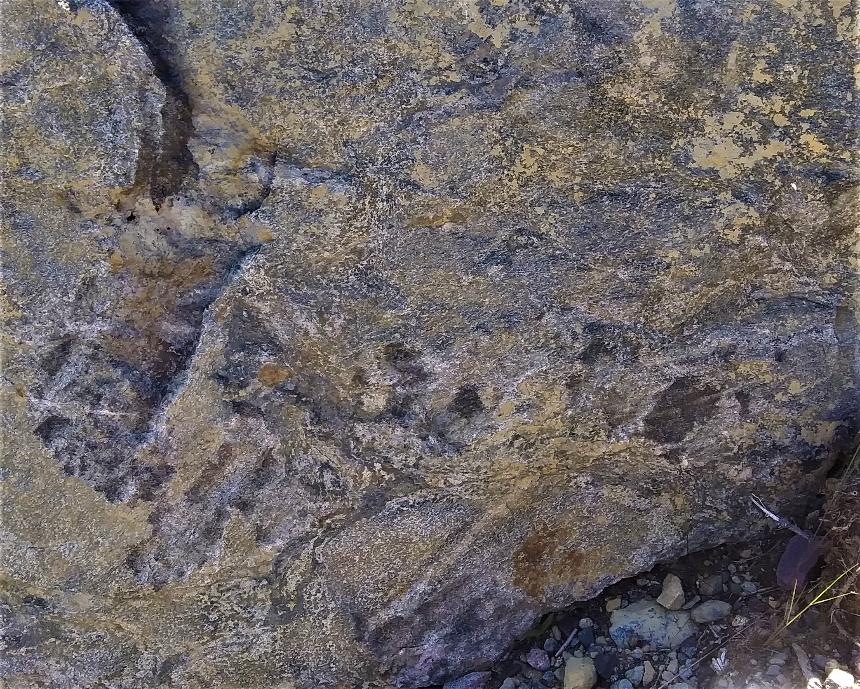
On this small boulder many images could bee seen. The most prominent was of a lizard like creature whose long neck, head and eye can be seen along the left center of the image. A bird's head can be seen looking to the left at the center of the rock. It appears to be a finch.
This first expedition to Gowganda proved to be successful beyond any dreams and there will be more forays to this site as soon as time can be made. However, it is very remote and take seven hours to get there from Toronto.
The picture above is of some cultural artefacts that have been identified from the collecting at the Gowganda site. At the top left is a piece of broken flint, to its right is another piece of broken flint, at right the large stone is a piece of what appears to be Jadeite. Jadeite has never been found in the Canada, so this may be Nephrite Jade, but at any rate it appears to be worked on one end as will be seen. The dark piece is a well worn stone scraper. It is highly polished by wear. It was probably used for cleaning animal skins.
Unfortunately the colour is not good here, but the light part of the stone is actually light green and translucent. Fine Jade. You can see how the left hand end has been chipped off. It is very rare to find Jade anywhere and in context with the other items at the site is very significant. It was found next to the lizard rock sculpture.
Close up of the larger piece of flint. it is about 3 cm long.
The scraper. Polished from use. The other side is much lighter in colour as well.
The reverse side of the scraper. The protrusion make a very good thumb hold.